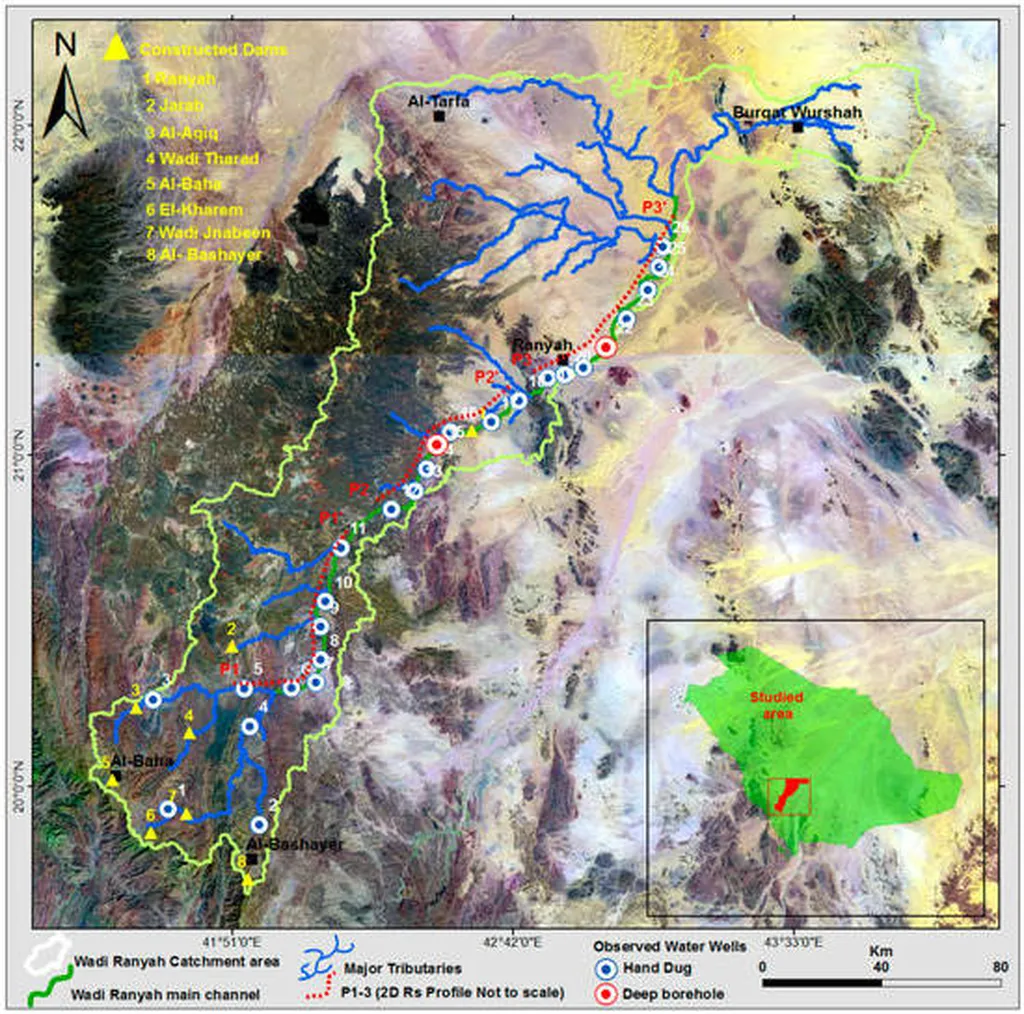In the rapidly evolving landscape of renewable energy, wind power stands out as a beacon of clean and efficient electricity generation. A recent literature review published in the European Physical Journal Web of Conferences, authored by Mensou Sara of the Research Center of Engineering and Health Sciences and Technologies at Mohammed V University, delves into the historical development, mathematical modeling, and control strategies of wind turbine technology, offering valuable insights for the energy sector.
Wind power has gained significant traction worldwide due to its environmental benefits and high efficiency. As Sara notes, “Wind power provides a safe and environmentally friendly way to generate electricity, which has led to its growing integration into electrical grids.” This integration, however, comes with its own set of challenges, particularly in the realm of control strategies.
The paper provides a comprehensive overview of the historical development of wind turbine installations, highlighting the rapid growth and technological advancements in the field. It then presents a mathematical model of wind turbine technology, laying the groundwork for a detailed literature review of control strategies.
One of the key aspects of the paper is its comparative study of various control technologies. As Sara explains, “The paper provides a literature review of wind turbine control strategies and a comparative study between some control technologies that was published recently.” This comparative analysis is crucial for understanding the strengths and weaknesses of different control methods, ultimately guiding the development of more efficient and reliable wind power systems.
The research has significant commercial implications for the energy sector. By improving control strategies, wind power systems can be made more efficient, reducing operational costs and increasing profitability. This is particularly important as the world moves towards a more sustainable energy future.
Moreover, the paper’s findings could shape future developments in the field. As Sara points out, “This paper begins with an overview of the historical development of wind turbine installations worldwide. Then, a mathematical model of wind turbine technology was given.” This historical perspective, combined with a robust mathematical model, provides a solid foundation for future research and development.
In conclusion, Mensou Sara’s literature review offers valuable insights into the world of wind power, highlighting the importance of control strategies in the efficient and reliable generation of electricity. As the energy sector continues to evolve, such research will be instrumental in driving innovation and shaping the future of renewable energy.

